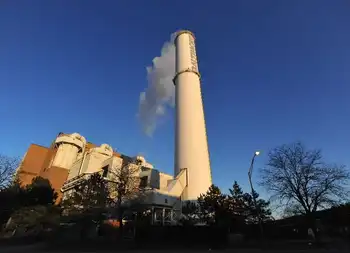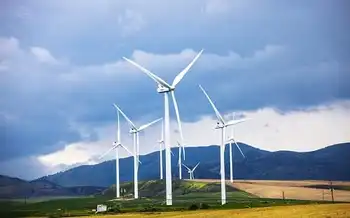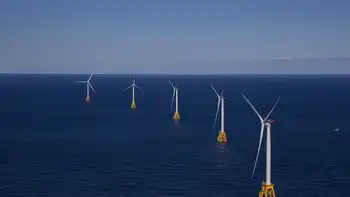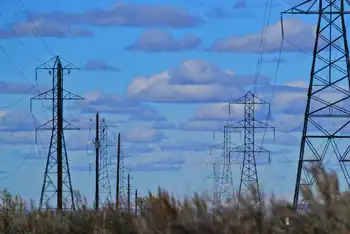Report offers liability options for CO2 storage
The experimental technique involves storing carbon dioxide emissions from coal plants and other sources underground, in an attempt to reduce pollution blamed for contributing to global warming.
A big issue hanging over the developing technology is liability costs if something goes wrong. A sudden release of large amounts of carbon dioxide can kill by asphyxiation. In 1986, 1,700 people died when a cloud of carbon dioxide escaped from a volcanic lake in Cameroon.
In its report, the task force said the following liability options should be considered: maintaining the current legal framework limits on claims an industry-financed trust fund to pay damages after a site is closed or transfer of liability to the federal government following a site closure, with certain contingencies.
While advising against the government taking on unlimited liability for underground storage of carbon dioxide, the task force says that the government could take it on at closed sites if federal regulators certify that the carbon dioxide is safely sequestered and will remain that way.
The Energy Department has estimated that there are hundreds to thousands of years of potential storage potential in geologic formations in North America.
President Barack Obama created the task force in February. He charged it with coming up with a plan to overcome barriers to widespread, cost-effective deployment of carbon storage technology within 10 years — with a goal of bringing five to 10 commercial demonstration projects online by 2016.
The report also says that the key to developing the technology is charging a fee on carbon dioxide emissions. It says that without such a fee, there is no framework for investing in carbon capture and storage.
According to the report, coal-fired power plants are the largest contributor to U.S. greenhouse gas emissions, which is why the Obama administration is making a big push for "clean coal." The Energy Department is funding demonstration projects with $4 billion in federal funds, matched by more than $7 billion in private investments.
Senate Democrats were forced last month to shelve plans for climate legislation, which included a fee on carbon emissions, because they couldn't get enough Republicans to support it. The GOP assailed the bill as a "national energy tax" and jobs killer, arguing that the costs would be passed on to consumers in the form of higher electricity bills and fuel costs.
Despite questions about the technology and skepticism about its feasibility, the report says there are no insurmountable barriers to carbon capture and storage. But early projects do face "first-of-a-kind technology risks" and high costs, the report says.
The task force, led by the Environmental Protection Agency and the Energy Department, included input from 14 federal agencies, carbon capture experts and others. The report calls on federal agencies to help along the technology by coming up with rules governing coal storage projects.
The American Coalition for Clean Coal Electricity, which represents industries involved in producing electricity from coal, urged the government to continue to press forward on the issue.
Carbon capture and storage "represents the next wave of clean coal technology, allowing us to safely capture and store carbon dioxide," said Steve Miller, the group's president and CEO. "Investments in this technology are critical, and we look forward to a continued partnership between the private sector and the federal government to ensure its development."
Miller's statement did not address the call for a fee on carbon emissions, and the group did not immediately respond to a request for comment on that part of the report.
Frank O'Donnell, president of the environmental group Clean Air Watch, said he agreed with the basic premise that the government needs to limit carbon emissions for the technology to become widespread.
"And, even then, who knows for sure?" he said.
Related News

Maryland’s renewable energy facilities break pollution rules, say groups calling for enforcement
BALTIMORE - Many facilities that supply Maryland with renewable energy have exceeded pollution limits or otherwise broken environmental rules, violating a state law, according to a complaint sent by environmental groups to state energy and law enforcement officials.
Maryland law says that any company that contributes to a state renewable energy goal — half the state’s energy portfolio must come from renewable sources by 2030 — must “substantially comply” with rules on air and water quality and waste management. The complaint says more than two dozen power generators, including paper mills and trash incinerators, have records of formal or informal enforcement…





